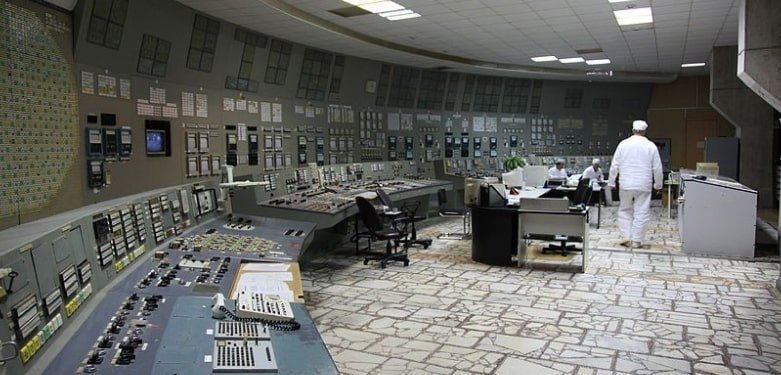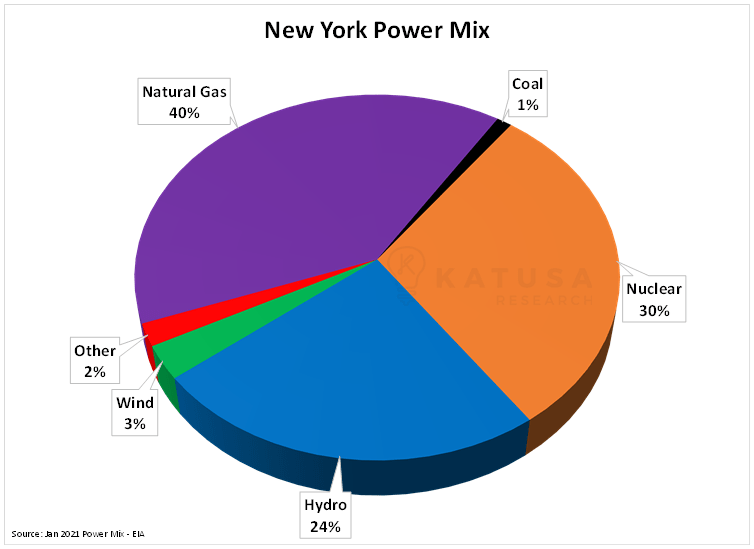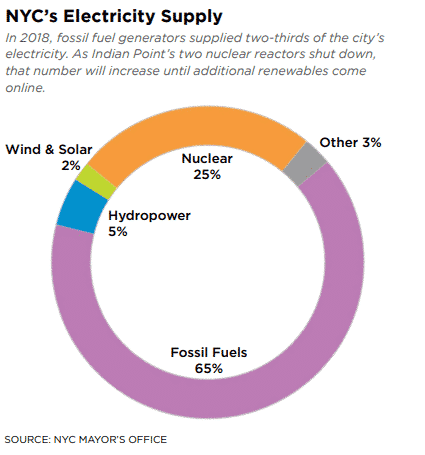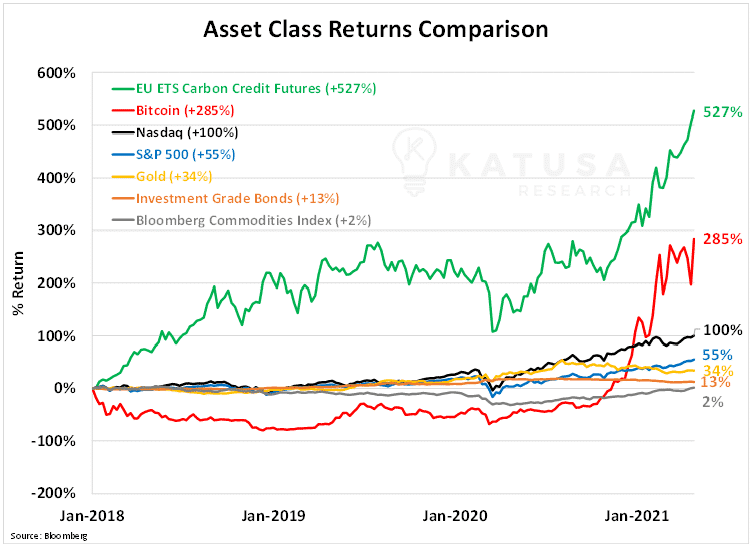
On April 26, 1986 radiation alarms went off at the Forsmark Nuclear Plant in a remote Swedish village.
Yet nothing was out of the ordinary at the plant, no malfunctions, no issues to speak of.
The radiation must have come from somewhere else.
Which would be very strange because Forsmark is located a hundred miles from Stockholm and double that from the nearest Swedish nuclear reactor.
Little did the operators know that a day and a half earlier a terrible nuclear accident 620 miles away took place.
Chernobyl Disaster: The Days the Earth Stood Still
The Soviets initially dismissed the early allegations of the Swedish Radiation Agency and the Swedish government.
It wasn’t until the Swedes threatened to go to the International Atomic Agency that the Soviets finally buckled and confirmed there had been an accident.
- The Chernobyl nuclear accident located in the town of Pripyat, now in the Ukraine, will go down in history as one of the worst events ever for the nuclear industry.
Stemming from both engineering design issues and a lack of oversight by plant operators, reactor #4 blew up.
The explosion sent radioactive material soaring into the air, sending it across Europe.
In the town of Pripyat hundreds of people fell ill due to acute radiation sickness, directly killing 28 citizens. It is suspected that there will be several thousand cancer related deaths due to Chernobyl radiation.
The Chernobyl nuclear disaster is one of the worst accidents in history and it is referenced by many as a reason to not use nuclear power for electricity generation.
Chernobyl has even been referenced as a reason to shutdown one of America’s most important nuclear reactors, Indian Point.
- The Indian Point nuclear power plant in New York powers the homes of millions of New Yorkers.
Governor Cuomo, the Governor of New York State has been a long advocate of closing down the power plant due to terrorist risks or catastrophic failures like at Chernobyl.
Accidents are possible, though I’d point out, incredibly rare. But you know what? Cuomo isn’t totally wrong either.
Indian Point was commissioned in the early 1960s, and frankly those nuclear reactor designs are not as safe as today’s Generation IV nuclear reactors.
This Doesn’t Mean it Should be Lights out for Uranium…
There are a few reasons for this.
- It is the cleanest source of base load power globally. This is a fact.
- Generation 4 reactors are incredibly safe, while cheaper and faster to build. This is also a fact.
Let’s continue with the State of New York. Below is the current electricity generation by source.

- Uranium currently makes up 31% of New York’s power mix. Across the United States, uranium powers 20% of American homes.
This past week Governor Cuomo finally killed Indian Point, which is a 1,000 MW nuclear power plant.
- This nuclear power plant produces zero carbon emissions. And historically, Indian Point produced a quarter of New York City’s electricity.
Electricity production will be replaced by a 650MW natural gas facility. This is estimated to raise New York’s power sector emissions by 29%.
It’s like adding 1.4 million cars to the road.
Political Irony at Its Finest…
New York boasts of its nation-leading climate change targets yet well over 50% of the city’s electricity comes from fossil fuels.

America’s Brightest and Wealthiest are Investing Big into Nuclear…
Take Bill Gates for example…
Did you know he started his own nuclear reactor company?
While you may laugh it off as just a rich guy building a pet project, I’d suggest you take a closer look. His team has actually designed an incredible reactor.
There are a handful of other companies in the sector all developing incredible Generation IV reactors. These Gen IV reactors are faster and cheaper to build and most importantly, they are incredibly safe.
- Generation IV reactors operate at atmospheric pressure, they cannot explode. There is no meltdown risk.
Hundreds of millions of dollars have been invested into these designs.
Safety issues aside, the gigantic cost overruns and decade long build times of the old school Generation I & II reactors render them unaffordable and uncompetitive.
If nuclear wants a legitimate future, it lies in Generation 4 reactors, which are competitive on a cost basis against other baseload options.
- And the progressives will love that there are no carbon emissions.
Compact cities like New York are great case studies for the Gen IV reactors where land and space is at a premium, yet so is power demand.
It’s a delicate balance but one that safer, smaller and cost efficient Gen IV reactors could help solve.
The most important thought leaders in the world are getting behind this movement.
America’s largest utility companies like Duke Energy are getting behind these new reactor types. Even stating on the record that they will phase out natural gas plants in favor of Generation IV nuclear reactors and renewable power.
It is a bold statement from one of America’s largest utility companies.
Prices on Pollution are Only Going Higher…
Do you know what a carbon credit is?
- Did you know that carbon credits have outperformed all major asset classes over the past 3 years?
Or that the price of an emissions credit is up nearly 50% year to date.

This type of asset class used to be ‘niche’. Only available to sophisticated investors or hedge funds.
Soon it will be mainstream.
Climate change is at an incredible inflection point in human history. And every politician in a position of major power is pushing this agenda through.
- A mind-boggling amount of money is going into this agenda as subscribers of Katusa’s Resource Opportunities are now familiar with.
These types of inflection points represent enormous wealth changing opportunities if you know where to look.
As Sir John Templeton once said…
“It is impossible to produce superior performance unless you do something different from the majority”.
Not 1 in a million investors are looking at this sector. Or if they are, they have absolutely no idea HOW to invest.
That will change very soon.
Regards,
Marin Katusa






